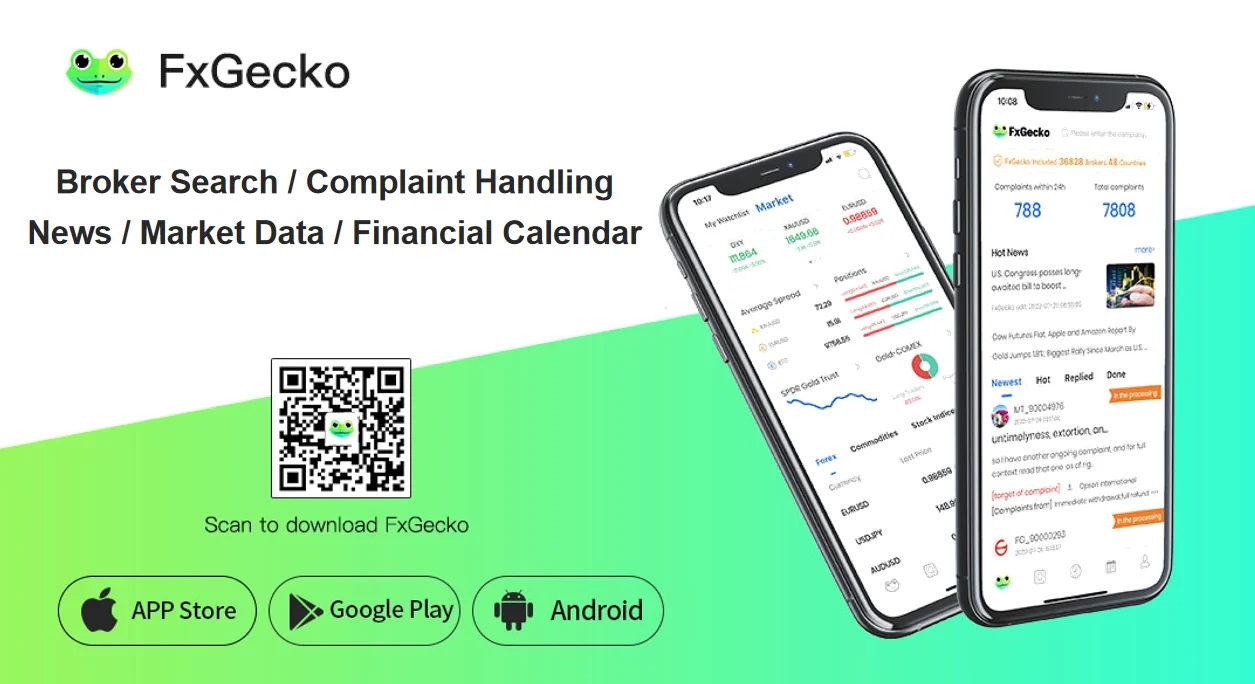Agile is a philosophy that was developed to streamline software development. It’s since grown from that and become a strategic approach to work that thousands of companies around the world are adopting. When you’re working with employees both in-office and online, it can be hard to align everyone’s schedules, priorities and responsibilities. Even when work gets done, there may often be loose threads or other challenges you know are preventable but aren’t sure how to avoid.
Flexibility is the most valuable quality of any business these days, but it’s also one of the hardest to implement. If your team has been struggling to adjust to the new normal, an agile approach could improve workflow and increase productivity without feeling overtly forced or unsustainable. Read on to learn more about how Agile can benefit not only your hybrid team, but can even improve your personal life.
Agile Defined
The Agile methodology emphasizes iterations of projects; that is, big goals are broken down into smaller ones that are both easier to achieve and track. Iterations are helpful because they provide greater clarity through the process, and you eliminate many of the big-picture mistakes and errors that only get caught after they’ve made a lasting impact. Feedback is another fundamental component. Each iteration is completed as quickly as possible and revised as needed. It’s an incredible methodology for building teamwork, fostering open communication and teaching workers how to both give and receive constructive criticism. You can learn all about Agile with various resources online and we recommend you study the philosophy and process on your own before trying to introduce it to a team. Once you feel comfortable with its principles, you’ll be able to adapt it to suit your business and team.
Define Your Needs and Abilities
Agile can only work when you know where you’re at, what your team needs and their strengths as well as their challenges. They have to adapt to the new way of doing things, but they can only do that through their existing abilities. When you throw the hybrid aspect into the picture, it can be a challenge ensuring everyone is on board and fully understands the direction you’re taking work. Try adopting an agile approach to your own life; are you currently struggling to stay on top of bills, or do you often find the work/life balance difficult to maintain? When it comes to finances, you may decide to refinance student loans as part of your Agile financial recovery strategy. You can lower your monthly payments, remove a cosigner and more. You’ll also have access to a client happiness team that can answer questions and guide you through the process.
You’ll need to become a pro at breaking your own problems and work down into small chunks. This workflow will alter not only how you do your job but the way you lead as well. Do you recognize that this new approach requires more than just a change in behavior but also mandates a shift in perspective? As a manager, you can tell people what to do, but you can’t force them to think the way you want. This means you have to show them the value of what you’re proposing. Everyone has to believe that this is a beneficial step in the right direction.
Pick a Framework
Scrum is the leading Agile framework, and it is the easiest for most companies to adopt when they’re making the change. However, every business is different, and the nuances of a hybrid team merit greater leniency. The good news is that a hybrid team can actually become more efficient regardless of where they’re working because this workflow keeps them always striving toward specific objectives. An all-hands meeting should take place at the start of the integration process. You may decide to train some team leads one-on-one and let them become the pioneers of implementing the new strategy into your company. The increased communication that comes from this strategy will allow you to see it unfold in action; it’s a meta approach that encourages feedback and interactions through the learning process. Be prepared for people to make mistakes, and welcome questions, concerns and criticisms openly.
Build a Vision
Make sure that everyone shares a common goal; once they understand what they’re working towards, it will become easier to unite them. People may work in different departments or even entirely different locations, but that doesn’t mean they can’t effectively collaborate. Make decisions a team effort rather than having you and other supervisors be the sole authorities; you may have final say, but every employee needs to feel like their opinion holds weight and real influence. You will likely go through a period of flux and flow that meets its fair share of roadblocks. Keep pushing forward.
Agile is all about experimenting and adapting quickly to challenges rather than coming to a screeching halt. These small failures will help you become stronger in the long run and avoid bigger problems later on. Ultimately, the real value of workflow agility lies in a team’s ability to meet their goals faster and do better work. Quality may already be great, but imagine how much it could improve if people weren’t being held up by administrative complications, poor communication or messy hierarchies. Clarification and communication will help you stop trying to juggle a hybrid team and build a system that embraces the fluidity of your company’s setup.








Add Comment